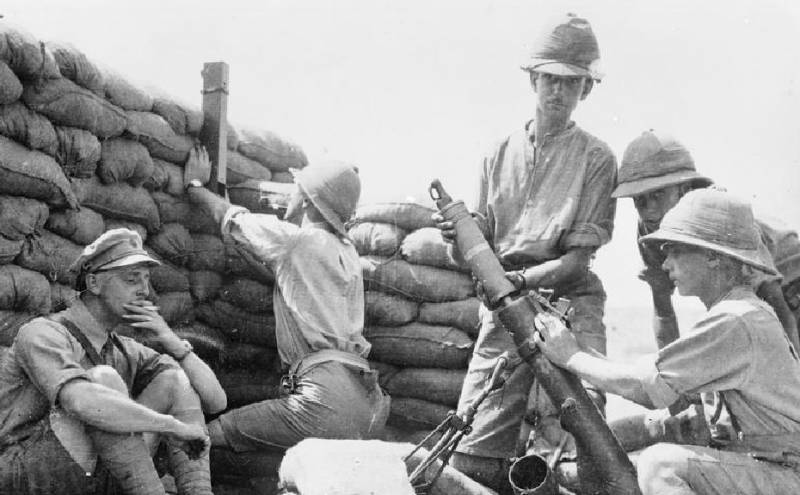The exterminator device, which became the prototype of the modern mortar

History The creation of the mortar in the form in which we know it today began with a rather trivial event. During mobilization in Great Britain in 1914, 55-year-old engineer Wilfrid Stokes entered military service.
It was thanks to him that already in 1915 the 81-mm mortar of the Captain Stokes system appeared, which many call the “grandfather” of modern mortars.
However, the main interest in this story is how exactly this appeared in the British army. weapon. After all, Stokes did not invent his 81-mm mortar “from scratch,” but converted into it the previously proposed exterminator device for safely irrigating fields with hydrocyanic acid.
The latter, by the way, killed not only insects and rodents, but also people. Therefore, before creating the mortar in the form that we know today, the engineer proposed firing at the Germans from the above-mentioned field cultivation device.
Stokes' know-how was a pipe with a breech screwed onto it from behind, the hemispherical end of which was inserted into the groove of a quadrangular base plate.
At the muzzle end, the barrel rested on a biped attached to it using a conventional tie ring. The angle of inclination of the gun was adjusted by moving apart the above-mentioned supports.
The hydrocyanic acid itself was poured into a cylindrical container, in the tail part of which there was a perforated tube into which a blank hunting cartridge with a paper sleeve was inserted.
The aforementioned “chemical projectile” was thrown into the barrel through the muzzle hole with the “tail” down. As a result, the cartridge primer was pierced onto a needle in the breech, and the powder gases escaping from the holes of the perforated tube created pressure in the barrel, which threw the container with acid over a distance of up to 220 meters.
Information